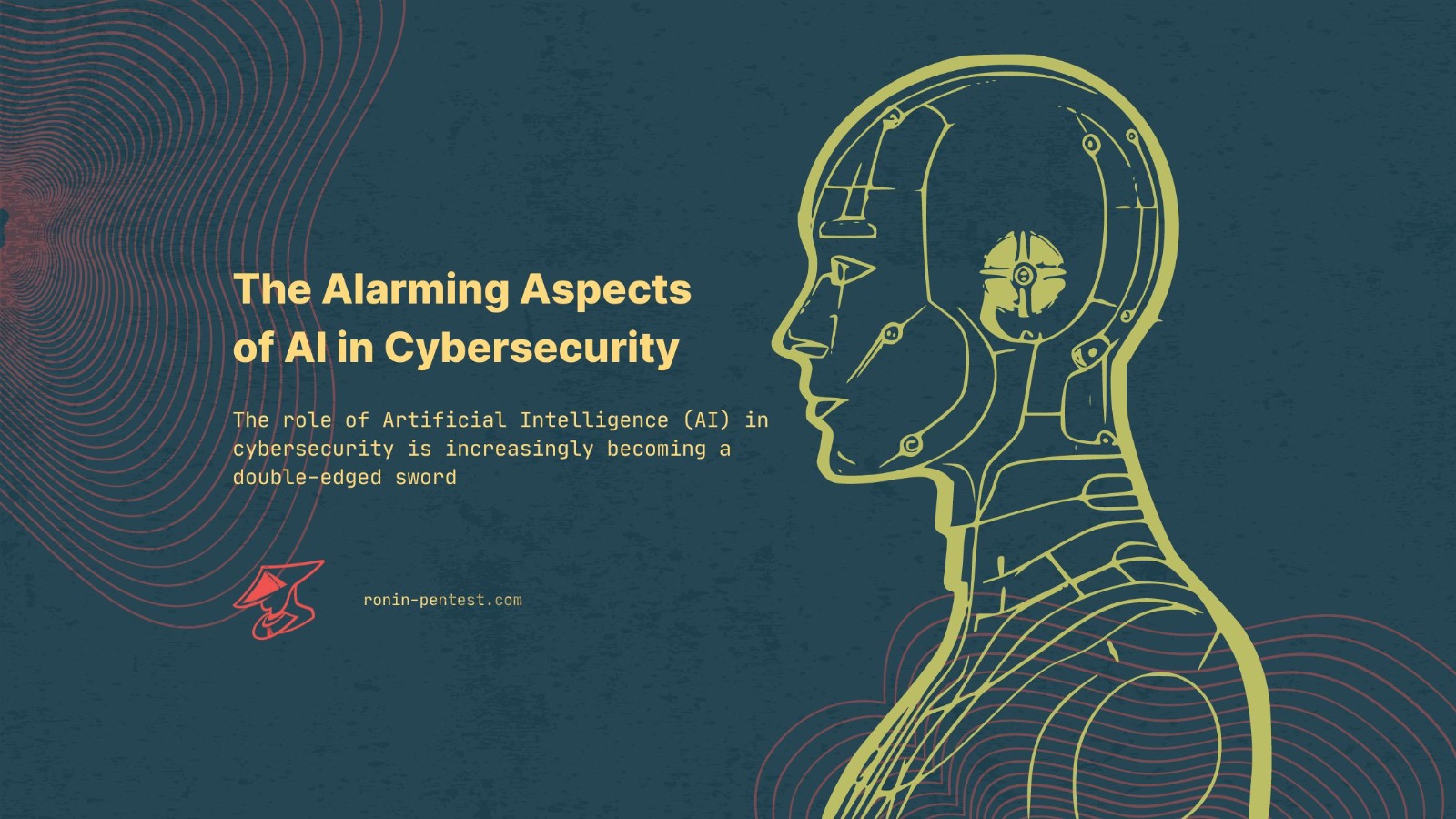The Alarming Aspects of AI in Cybersecurity
by Ben Brown | 02/12/2024

by Ben Brown | 02/12/2024

In this era of rapid technological advancement, the role of Artificial Intelligence (AI) in cybersecurity is increasingly becoming a double-edged sword. While AI has the potential to revolutionise security measures, it also harbours some concerning implications. We aims to shed light on these alarming aspects to help businesses, entrepreneurs, and SMEs stay informed and prepared.
AI, in the realm of cybersecurity, is akin to a Janus-faced entity. On one hand, it enhances security protocols and predictive analytics. On the other, it opens a Pandora's box of potential threats and ethical dilemmas.
AI enables cybercriminals to carry out more complex, targeted, and stealthy attacks. These AI-powered attacks can learn and adapt, making them harder to detect and counter.
AI allows for the automation of tasks, including malicious ones. This can lead to an increase in the scale and frequency of cyber attacks, overwhelming traditional defence mechanisms.
By harnessing AI, attackers can craft more convincing phishing emails and messages that are tailored to individual targets, significantly increasing the chances of tricking users into divulging sensitive information.
AI systems rely on data. If this data is tampered with, it can lead to incorrect learning and biased outcomes. This manipulation can undermine the integrity of AI-based security systems.
AI can create hyper-realistic fake audio and video content, known as deepfakes. These can be used for impersonation, spreading misinformation, and manipulating public opinion or stock markets.
Despite these challenges, there are strategies to mitigate the risks associated with AI in cybersecurity:
Developing AI systems with security in mind, including measures to detect and resist manipulation.
Establishing ethical guidelines and frameworks for the development and use of AI in cybersecurity.
AI systems should be continuously monitored and updated to adapt to new threats and eliminate biases.
Sharing information about threats and vulnerabilities within the cybersecurity community can help in developing collective defence strategies.
Implementing laws and regulations to govern the use of AI in cybersecurity and penalise its misuse.
The integration of AI into cybersecurity is a testament to human ingenuity, but it is not without its dark facets. The potential for AI to be used in perpetrating sophisticated cyber-attacks is a significant concern that requires our attention and action. Businesses must stay abreast of these developments and adapt their cybersecurity strategies accordingly.
In a world where technology is advancing at a breakneck pace, being aware and prepared is the key to ensuring that AI remains a force for good in the realm of cybersecurity.
Start scanning your projects for free. You will get a free breakdown of your security status. Start securing your future now.
Get started